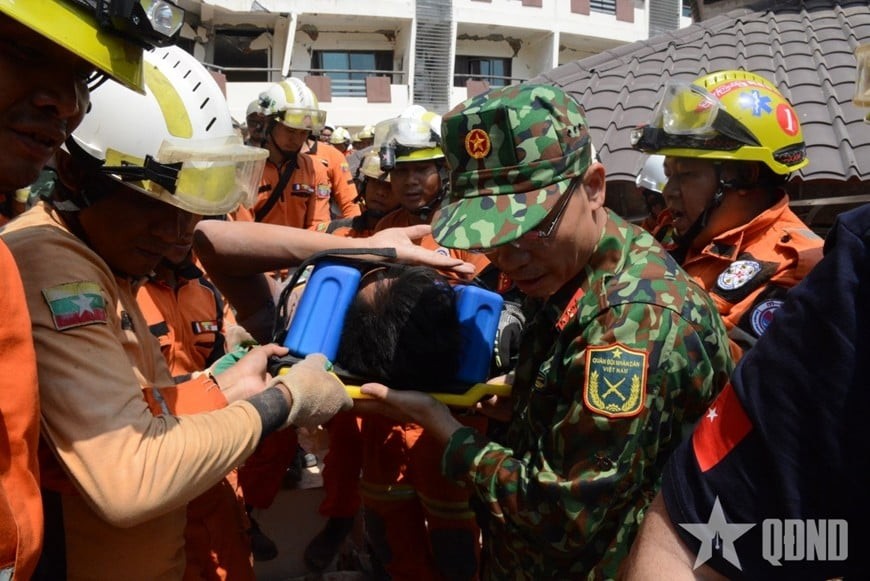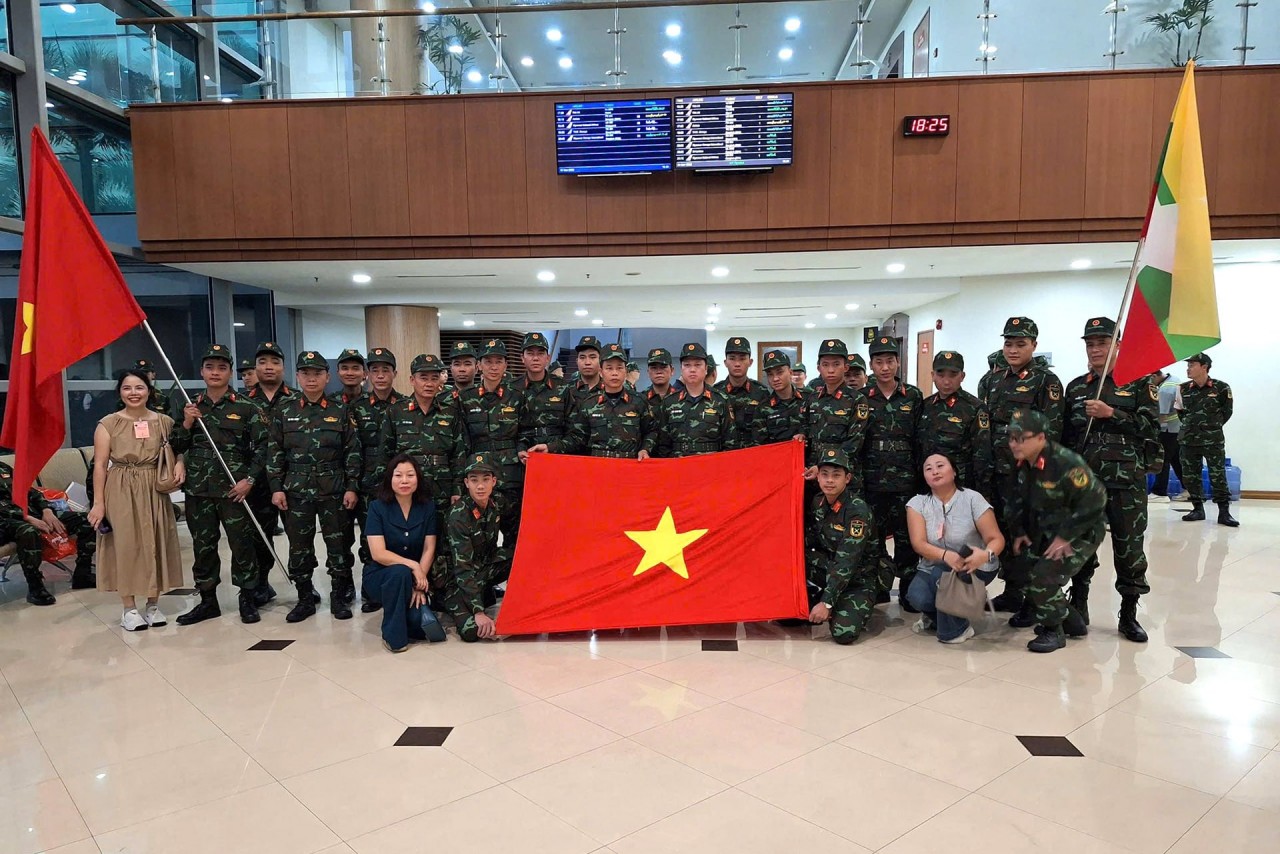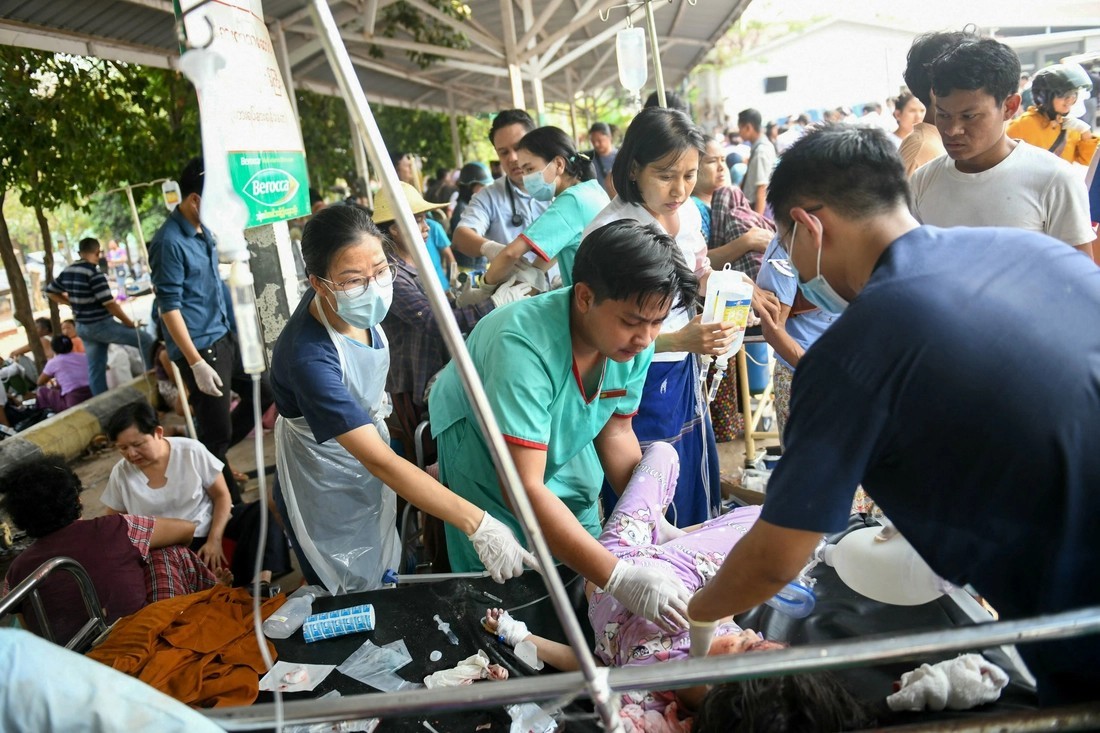Mrauk U: The Forgotten Heaven Hidden in Myanmar
Mrauk U, which means "North Far" may seem to be a sleepy village today but not so long ago it was the capital of the Arakan empire where Portuguese, Dutch and French traders rubbed shoulders with the literati of Bengal and Mughal princes on the run. Mrauk U was declared capital of the Arakanese kingdom in 1431. At its peak, Mrauk U controlled half of Bangladesh, modern day Rakhine State (Arakan) and the western part of Lower Burma. As the city grew, many pagodas and temples were built. Several of them remain, and these are the main attraction of Mrauk-U.
History of Mrauk U
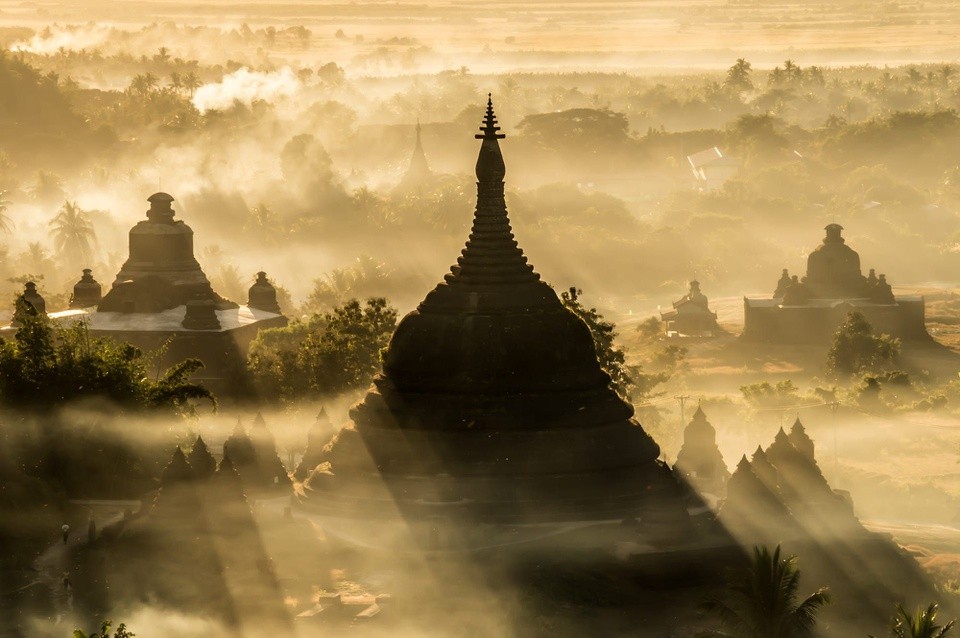 |
| Photo: Alamy |
Mrauk U, the capital of 48 kings for 355 long years, was founded by the king Nara Meikhala in 1433. Mrauk U could rightfully be claimed as the "Open-air Museum of art and culture of the people of Rakhine. Many Shrines and pagodas flourished in Maruk U.They formed the pride of the golden city. The Golden days of Maruk U city, those of the 15th,the 16th and the 17th centuries were contemporary to the days of Inwa, Taungoo and Hanthawady Kings of Myanmar.
The Buddhists of Mrauk U worship the chaityas and stupa. They believed that one can acquire great merit by building and decorating them. According to tradition and the historical annals, Buddhism was introduced into Rakhine during the life-time of Buddha himself. The inscription Ye Dharmar verses with on one of the Mahamuni sculptures was solid evidence for dating the upper limit of the introduction of Buddhism in Rakhine. These writing can be assigned to sometime about the 4th or the 5th century A.D.
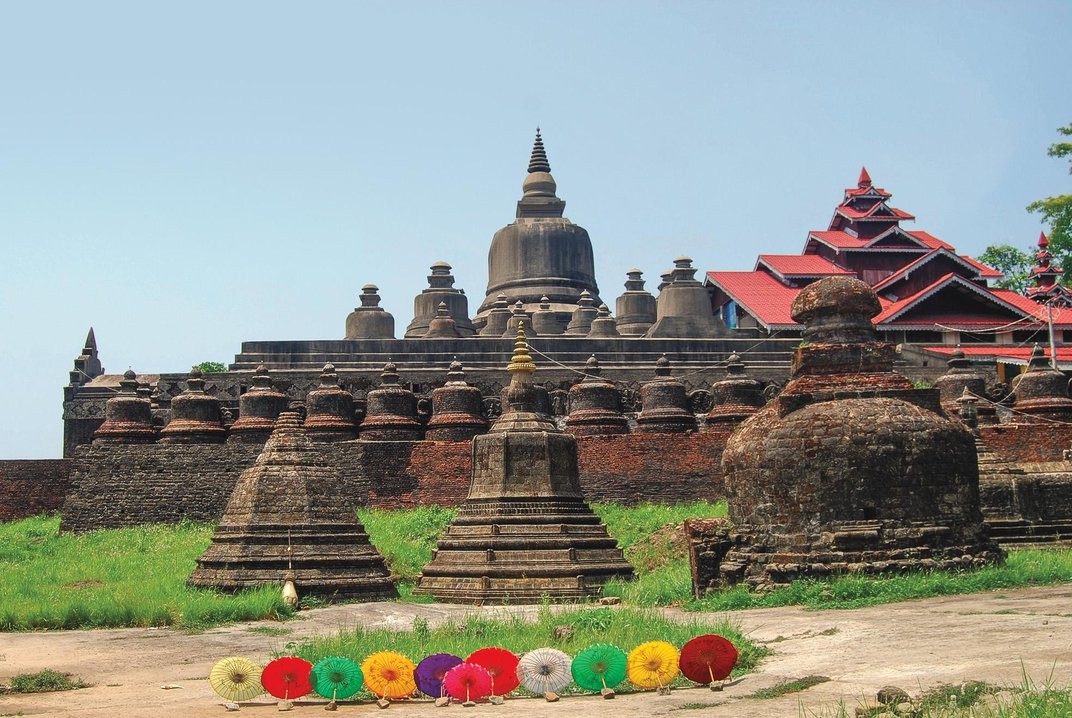 |
| Julian Hattem / Sopa Images / Lightrocket via Getty Images |
As with the pagodas of Myanmar, the Mrauk U religious structures could be derided into two chief type: the pagoda which one of a conical structure without any access to the inner chamber and the temples which are with vault access from one or more sides. In construction, all these buildings rarely have identical designs. The architectural regulatory of these buildings lies in fact that the root is vaulted.
The Hidden City of Myanmar
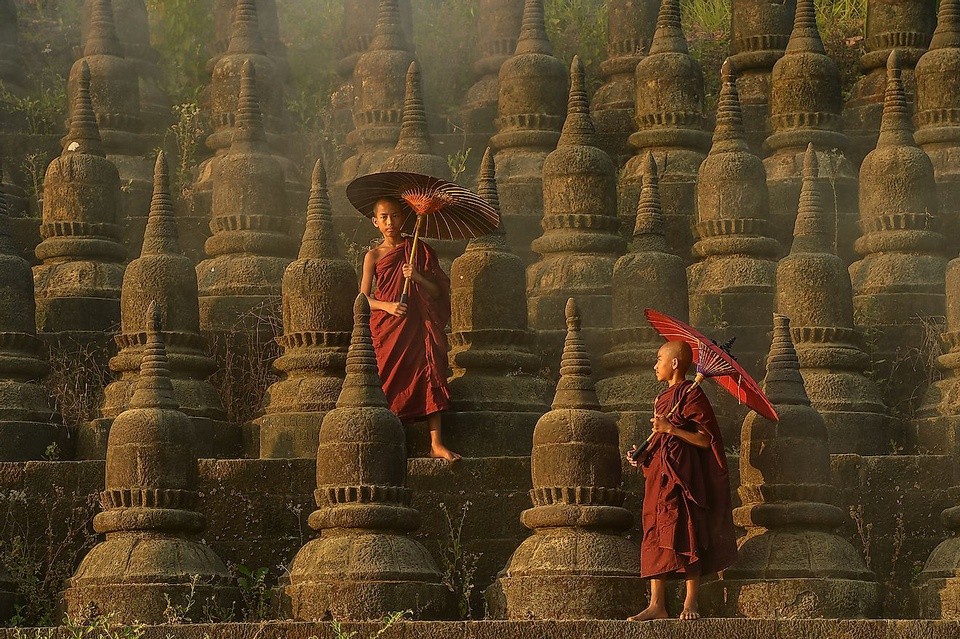 |
| Sitthaung. Photo: Worldatlas |
In a shrinking world, the rediscovery of a remote and fabled city is nothing short of miraculous. And few abandoned civilizations have excited the human imagination as much as Mrauk U. It was the power and mystery of this place, tucked away in the Burmese jungle and almost completely forgotten, that lured a French historian, Jacques P. Leider, a quarter-century ago, shortly after the military dictatorship began to open the isolated country to the world. The experience, he says, turned a nagging curiosity into a lifetime obsession.
Now others have begun to share Leider’s fascination. Through early 2019, historians, hydrologists, archaeologists and reconstruction experts, under the auspices of the government of Myanmar with United Nations support, visited this city on a near-monthly basis. Bouncing over dusty roads, crossing rice paddies and climbing up disintegrating hillside trails in the heat, the teams went searching for abandoned glories scattered across the sleepy rural landscape. Some experts believe that Mrauk U is as emblematic of artistic and architectural achievement as Bagan, the ancient Burmese capital on a plain alongside the Irrawaddy River that contains the world’s greatest concentration of Buddhist temples, pagodas and stupas. But while Bagan draws more than a quarter-million foreign visitors a year, barely 2,000 foreigners made their way to Mrauk U in 2016—only about six a day.
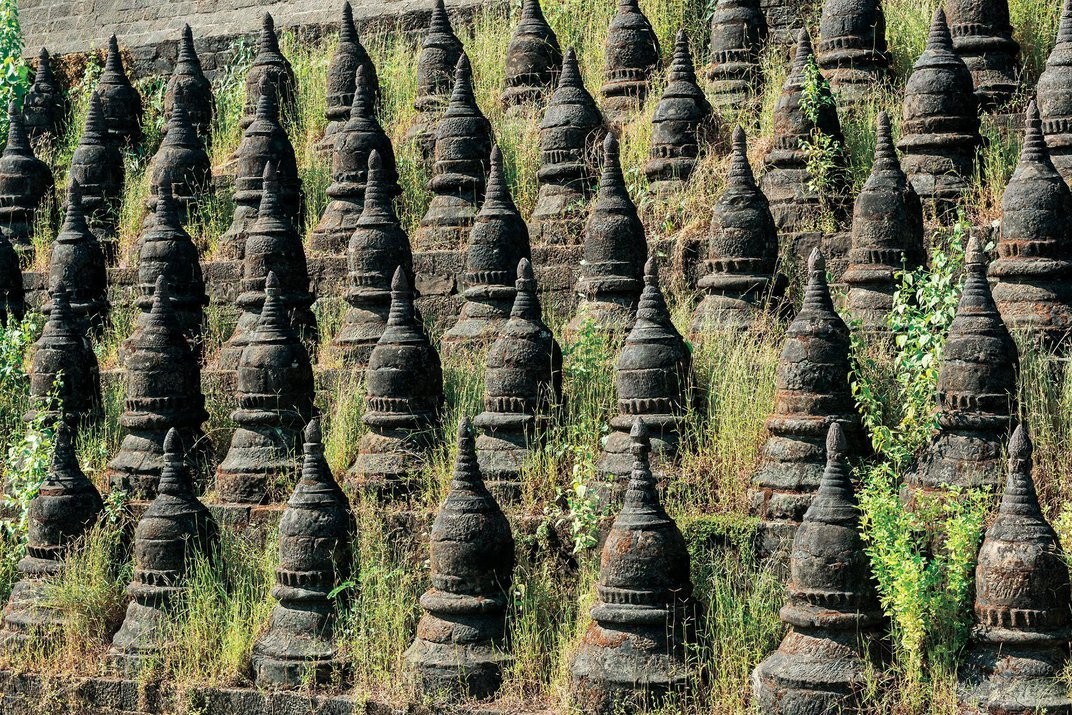 |
| On the terraces of the Kothaung temple, an elaborate array of miniature stupas, or dome-shaped shrines, replicate the structure’s signature architectural feature. Universal Images Group North America LLC / Alamy |
Two elements make Mrauk U unique: exquisite Buddhist temples constructed largely from stone, and a network of military defenses that utterly transformed the hilly, flood-prone landscape into a fortress city. “There is nothing comparable to it,” says Massimo Sarti, a Unesco consultant hydrologist from Italy, who is helping to support documentation of Mrauk U. (Another collaborating entity is China’s Nanjing University.) A 2017 commission chaired by former U.N. Secretary General Kofi Annan recommended expediting Myanmar’s long-standing nomination of Mrauk U as a Unesco World Heritage site, calling it “the greatest physical manifestation of Rakhine’s rich history and culture.”
The life of Mrauk U spanned roughly 350 years, from approximately the 1430s to 1780s, when it was the capital of Arakan, an independent kingdom that at times extended more than 400 miles along coastal plains and mangrove marshlands bordered by the Bay of Bengal. Built on a hilly plateau above two river valleys, and offering easy access to the sea, the walled city was known for its heterogeneity and cross-cultural fertilization. Muslims and Buddhists served side by side in the royal court and the bureaucracy. Dutch, Portuguese, Chinese and other foreign merchants dwelled in their own prosperous quarter, trading spices, textiles, opium, iron, tobacco, sulfur and pepper for rice and ivory. Japanese samurai and soldiers from the Mogul empire guarded the Royal Palace.
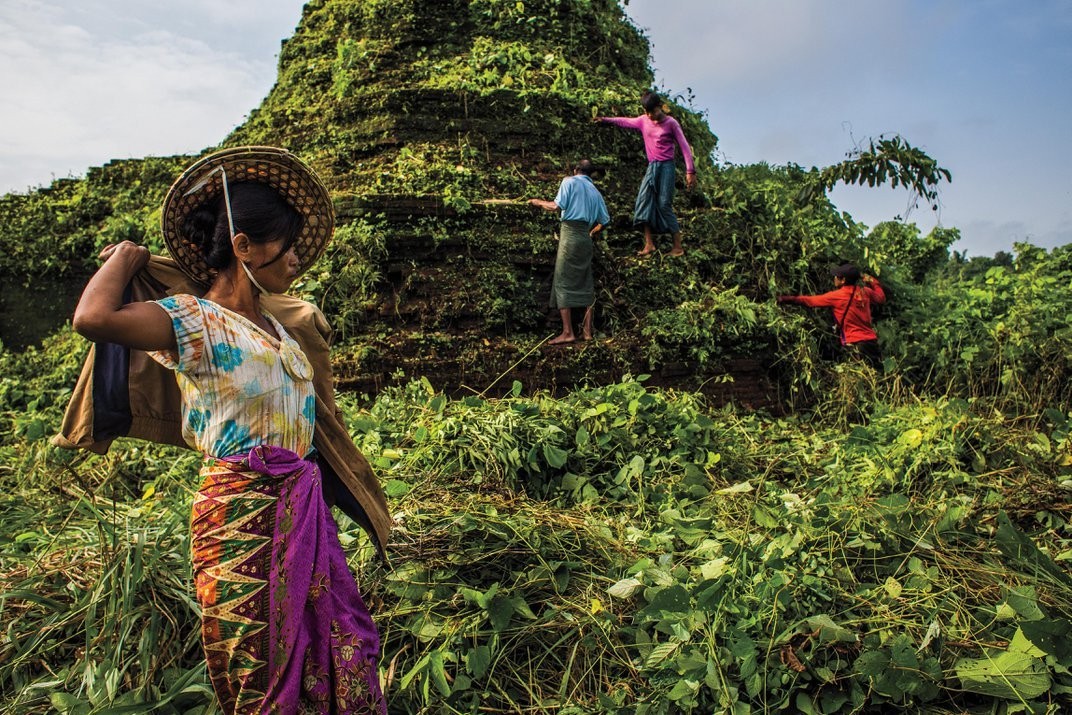 |
| Photo: Minzayar Oo / Panos Pictures |
Those glory days ended in 1784, when Burmese invaders crossed the range of hills dividing their kingdom from Arakan and conquered Mrauk U after several months. The soldiers marched the king and his family, with other members of the elite, into captivity. Mrauk U was left to molder. The British, who seized Arakan in the First Anglo-Burmese War in 1824 and ruled until 1948, had developed an interest in Burmese archaeology during the Victorian era and supported local restoration of the Shitthaung temple in the late 1800s. But World War II and its aftermath derailed those efforts, and successive Burmese military regimes cut off the country from the rest of the world. Through most of Myanmar’s independence, “the city attracted zero interest” from historians or preservationists, says Leider, who heads the École Française d’Extrême-Orient in Yangon.
Daulat Qazi, a Bengali poet who lived here during the reign of Sirisudhammaraja in the 1620s, described a peaceful capital where “no one is envious of each other....Nobody is in distress and all the people are happy through the grace of the king.” One day he accompanied the monarch on a hunting expedition in the forest beyond the city, observing a dazzling display of pageantry that revealed Mrauk U in its splendor: “Elephants of diverse colours were with him. Coloured flags covered the sky. Thousands and thousands of soldiers and horses, without a limit to their number also followed him,” he wrote. “The glory of the king’s boat was beyond measure....Its pillars were of emerald and the roof was of silver.”
Get around Mrauk U
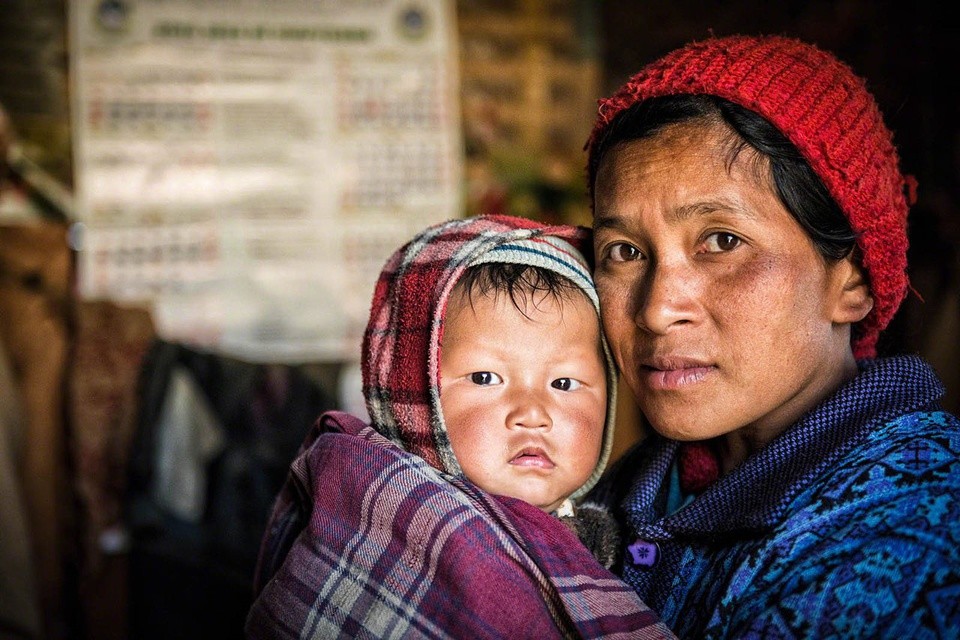 |
| Photo: The Travel Magazine |
In Mrauk U you can either walk, rent a bicycle (available from most hotels), hire a trishaw or hire a horse cart. Beware that Hotels & Guesthouses charge very high commission for chin village tours, trips, bus tickets and rickshaw hire. You can get cheaper prices at the agent in town (details in the Get Out section, at bottom of page), or at low budget hostels, but always ask the hotel price first, so you have something to compare with.
It is illegal to leave Mrauk U with a motorcycle (except motor taxi). You won't be able to pass any police or military check point! Even at night they are sometimes on duty in contrast to the info you might get at your hostel.
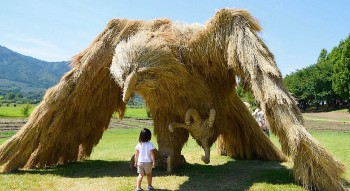 | Beautiful Creatures Made From Straw Displayed in Japan’s Wara Art Festival From the straw left after the harvest, Japanese artists created the giant "wara" creatures and displayed them in the annual Wara Art Festival, which attracts ... |
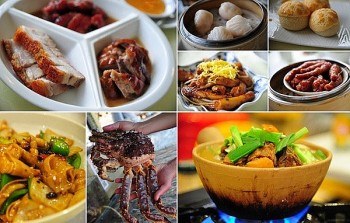 | Classic Hong Kong Food Will Make You Wow Hong Kong is famous for food, and when you visit, you better be ready to eat. |
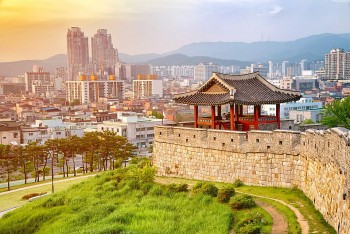 | Exploring Hwaseong Fortress: A must-visit UNESCO World Heritage site in Suwon The Suwon Hwaseong Fortress, a UNESCO World Cultural Heritage, was built under Joeson Dynasty, is one of the most famous attractions and important historic site ... |
Recommended
 World
World
India sending Holy Relics of Lord Buddha to Vietnam a special gesture, has generated tremendous spiritual faith: Kiren Rijiju
 World
World
Why the India-US Sonobuoy Co-Production Agreement Matters
 World
World
Vietnam’s 50-year Reunification Celebration Garners Argentine Press’s Attention
 World
World
"Will continue offering our full support to Indian govt": US FBI Director after Pahalgam attack
Popular article
 World
World
"Great Leader": JD Vance Lauds PM Modi During His India Visit
 World
World
Trump’s Tariff Pause: A Strategic Move from “The Art of the Deal”?
 World
World
"Indian Navy's participation in AIKEYME exercise matter of great happiness": Admiral Dinesh Kumar Tripathi
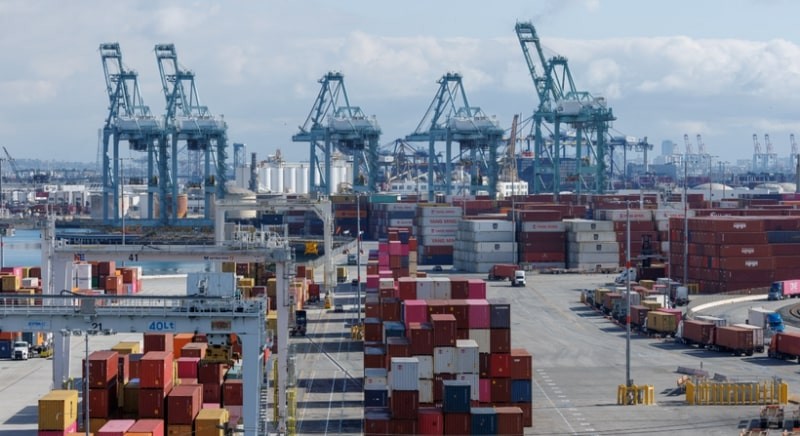 World
World




